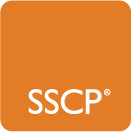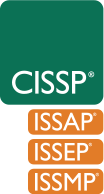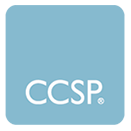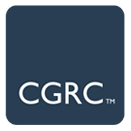CSSLP Training Course Outline
Software Security
This course is designed for software professionals that have the expertise to incorporate security practices – authentication, authorization and auditing – into each phase of the software development lifecycle (SDLC), from software design and implementation to testing and deployment. Led by an (ISC)² authorized instructor, this training seminar provides a comprehensive review of information systems security concepts and industry best practices, covering the following eight domains of the CSSLP Common Body of Knowledge (CBK®).
Who Should Attend
The training seminar is ideal for those working in positions such as but not limited to:
- Software Architect
- Software Engineer
- Software Developer
- Application Security Specialist
- Software Program Manager
- Quality Assurance Tester
- Penetration Tester
- Software Procurement Analyst
- Project Manager
- Security Manager
- IT Director/Manager
Course Agenda
- Domain 1.Secure Software Concepts
- Domain 2. Secure Software Requirements
- Domain 3. Secure Software Architecture and Design
- Domain 4. Secure Software Implementation
- Domain 5. Secure Software Testing
- Domain 6. Secure Software Lifecycle Management
- Domain 7. Secure Software Deployment, Operations, Maintenance
- Domain 8. Secure Software Supply Chain
Please Note: Effective September 15, 2023, the CSSLP exam will be based on a new exam outline. Please refer to the CSSLP Exam Outline and FAQs for details.
Course Delivery Methods
Course Objectives
At the end of this course, learners will be able to:- Discuss the core concepts of software security and the foundational principles that drive construction of resilient software.
- Discuss the security design principles as essential elements for building secure software.
- Discuss software security standards and frameworks, roadmaps and strategies and risk management.
- Explain security in software development methodologies, security metrics and security culture in software development.
- Identify and analyze software requirements pertaining to data privacy, security and compliance with laws and regulations.
- Describe requirement specification and tractability, misuse and abuse cases and flow down of security requirements to supplier.
- Explain secure architecture and design elements and patterns, architectural risk assessment, threat modeling, threat intelligence and attack surface evaluation.
- Explain security architecture and control identification, prioritization and positioning.
- Apply secure coding practices, analyze code for security risks and implement security controls.
- Discuss third-party code and libraries, software composition analysis and security of the build process.
- Discuss security testing strategy plan and analyze security testing methods.
- Discuss validation and verification, security test results and tracking security errors.
- Describe secure software integration and deployment, security data and post-deployment security testing.
- Recognize various security-relevant maintenance activities and discuss planning for the continuity of operations.
- Discuss software supply chain risks and analyze security of third-party software.
- Explain supplier security requirements in the acquisition process and support for contractual requirements.
 Certified in Cybersecurity
Certified in Cybersecurity  SSCP
SSCP  CISSP
CISSP  CISSP Concentrations
CISSP Concentrations  CCSP
CCSP  CGRC
CGRC  CSSLP
CSSLP